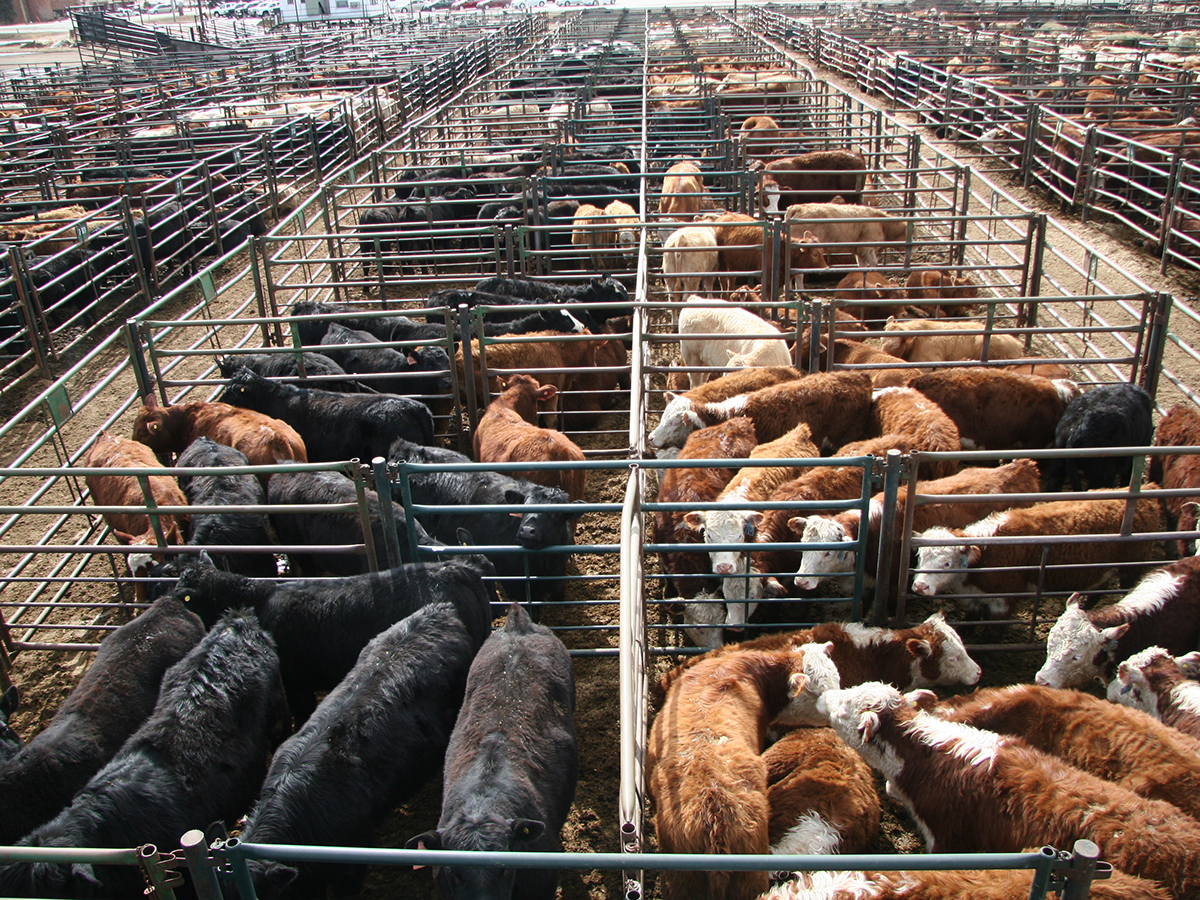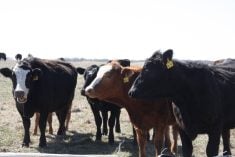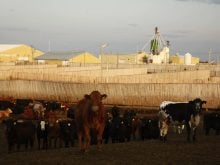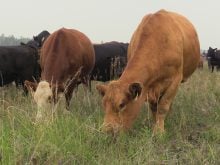This cattle market information is selected from the weekly report from Canfax, a division of the Canadian Cattle Association. More market information, analysis and statistics are available by becoming a Canfax subscriber by calling 403-275-5110 or at www.canfax.ca.
Record highs
The fed market saw new record highs for the week ending Jan. 31.
Read Also
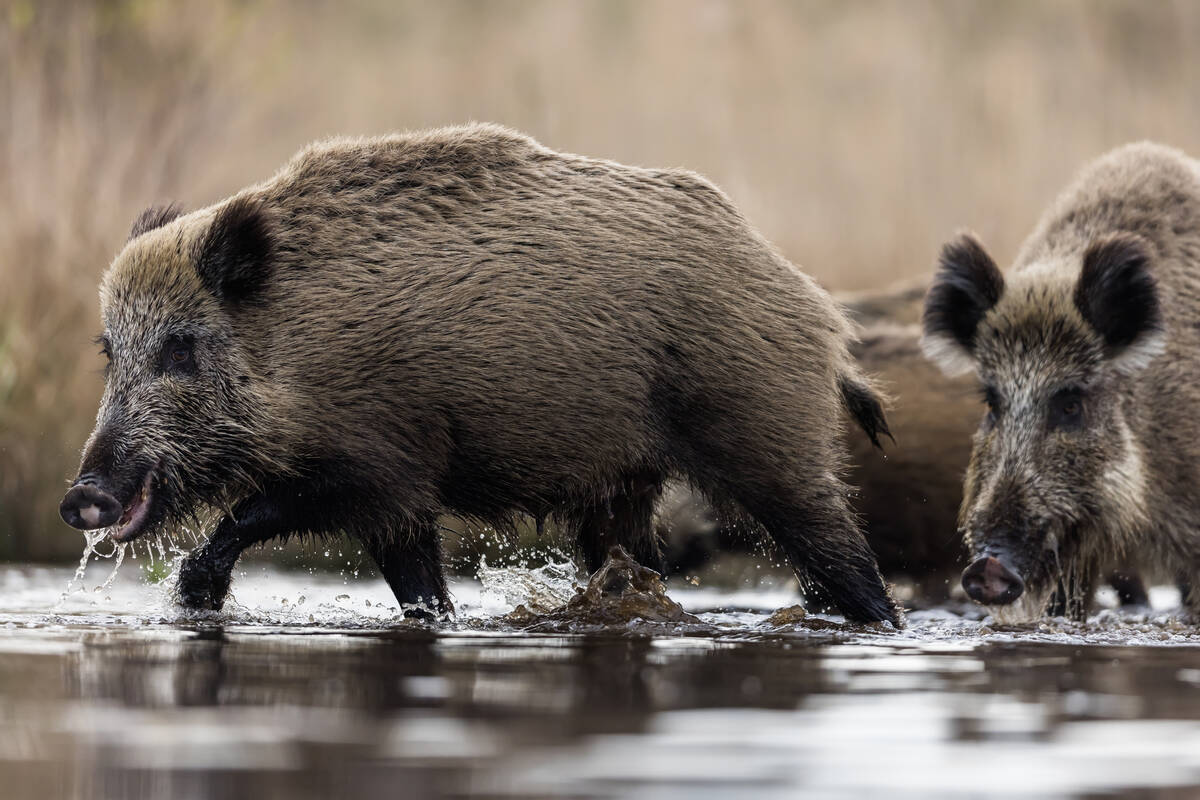
Manitoba bans wild boar possession
Manitoba has tightened the regulatory status of Eurasian wild boar in an effort to help fight back against invasive wild pigs.
Alberta fed steers closed the week at $275.75 per hundredweight, up $7.82 from the week ending Jan. 24. Fed heifer prices rose by $6.96 to close the week at $272.63 per cwt.
Historically, fed steer prices from December to January tend to rally $5.47 per cwt. This year’s solid January rally is stronger than usual with prices up $11.97 per cwt, comparable in the past decade only to 2015.
Dressed sales were $10-15 per cwt. higher than last week, closing at $460 per cwt.
While all three western Canadian packers showed interest, this was the second consecutive week that U.S. packers were not active in Western Canada.
The nearby live cattle futures contract rallied $11 per cwt. since the beginning of January.
Canadian fed cattle and cow exports to the United States were 13,697 head for the week ending Jan. 18, 53 per cent larger than last year. Exports from Eastern Canada were 5,157, the second-largest weekly volume in the last decade.
With uncertainty surrounding U.S. tariffs, the larger exports may be due to producers wanting to move cattle ahead of potential future restrictions.
Dressed sales in Ontario were reported mid-week at $470 per cwt. delivered, up $15-20 per cwt. from the week ending Jan. 24.
Cow-calf optimism strong
Butcher cow prices have risen by $8 per cwt. since the beginning of January, the highest they’ve been since late August.
Cow slaughter volumes in Western Canada for the month of January are set to be the lowest since 2012.
Optimism in the cow-calf segment continues to be strong, thanks to record-high calf prices. Some recent bred cow sales saw older bred females selling to cow-calf producers for their herds instead of heading to slaughter.
The five-year average increase from fall lows to spring highs is 59 per cent, which suggests cow prices could peak at about $260 per cwt. Although higher prices are predicted, a more realistic spring high could be in the area of $230 per cwt.
While some grain-fed cows are hitting the market, little if any premium is being paid for them.
Busy auctions
This January has been busier than usual for many auction markets, and forward delivery sales volumes have increased significantly compared to last January.
New highs for calf and feeder prices indicate this is a sellers’ market.
Feedlots are seeing record-high break-evens from a margin perspective. Many feeders heavier than 700 pounds have break-evens in the low to mid $280s per cwt.
For the week ending Jan. 31, British Columbia and Alberta 950-lb. steers for August-September delivery traded at about $365 per cwt.
According to Canfax, not much premium is being built into the market when compared to the current cash market. Compared to the spot market, forward delivery prices are trading at about one per cent, or a $5 per cwt. premium.
Stronger December 2025-February 2026 live cattle futures contracts will be required to build in more of a premium on forward delivery prices compared to the spot market.
Over the past three years, the average December contract traded at a $8 per cwt. premium to August. This year, the December 2025 contract is trading at a $1 per cwt. premium to August.
Cut-outs ease lower
January tends to be a softer month for beef demand, and this was reflected by U.S. cutouts easing lower. Choice was down just more than one per cent to $327.48 per cwt., while Select was barely steady with the previous week at $315.90 per cwt.
The Choice-to-Select spread was $11.58 per cwt., which is steady with what was seen this time last year as well as the five-year average for late January.
Small U.S. herd
South of the border, the U.S. cow herd is the smallest it has been since 1961.
Cow-calf returns for 2024 are estimated to be about US$550 per head, the highest since 2015. Returns are predicted to be more than US$600 per head in 2025.
Although this suggests the U.S. cow herd is moving toward an expansion phase, poor moisture conditions in areas home to the majority of the cattle inventory are playing a large role in slowing this transition.

